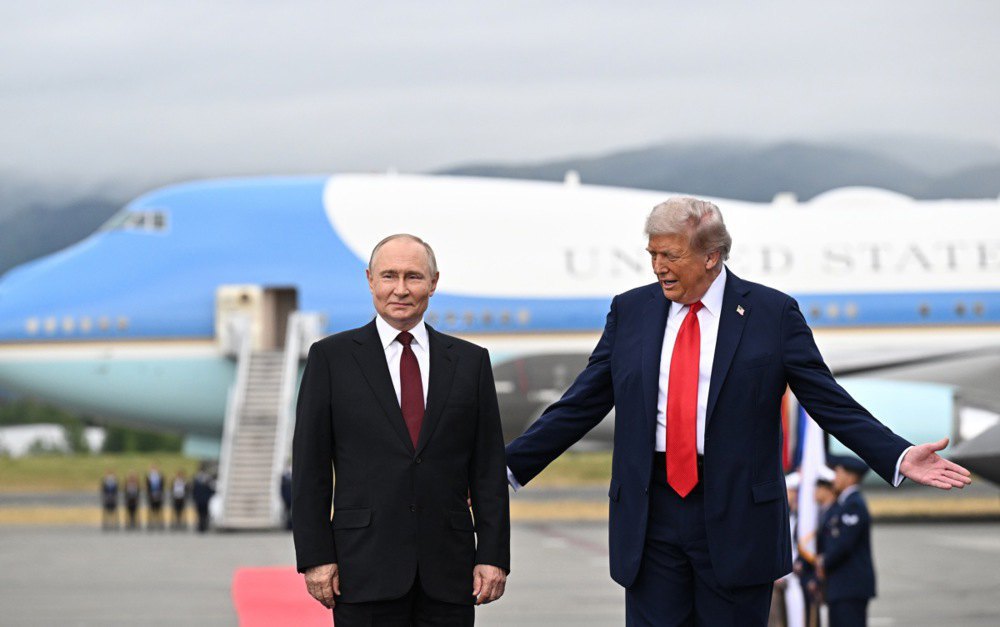
Over the past week, the world has witnessed an attempt to implement one of the most ambitious foreign policy initiatives since the end of the Cold War. A series of high-level meetings organised by US President Donald Trump aimed to launch the process of ending the Russian-Ukrainian war, which has been going on for more than three years.
First, there was a summit with Vladimir Putin on neutral territory in Anchorage, Alaska. This was followed by an equally important meeting in Washington with Ukrainian President Volodymyr Zelenskyy and key European leaders. According to the White House's plan, these talks were supposed to be a prelude to a ‘grand bargain’ that would become an important part of Trump's foreign policy legacy.
However, instead of a triumph of ‘dealmaking-style’ diplomacy, the end of the week was marked by a resounding failure of the negotiating structure and its transition to a new, as yet unpredictable phase. The reason was a profound strategic miscalculation by the Kremlin, which clearly misinterpreted the American president's motives and overestimated its own position. Moscow's rejection of Trump's key condition — direct negotiations between Putin and Zelenskyy — backed up by a demonstrative missile strike on American business deep in the Ukrainian rear, provoked a sharp reaction from Washington, the limits of which are still unclear.
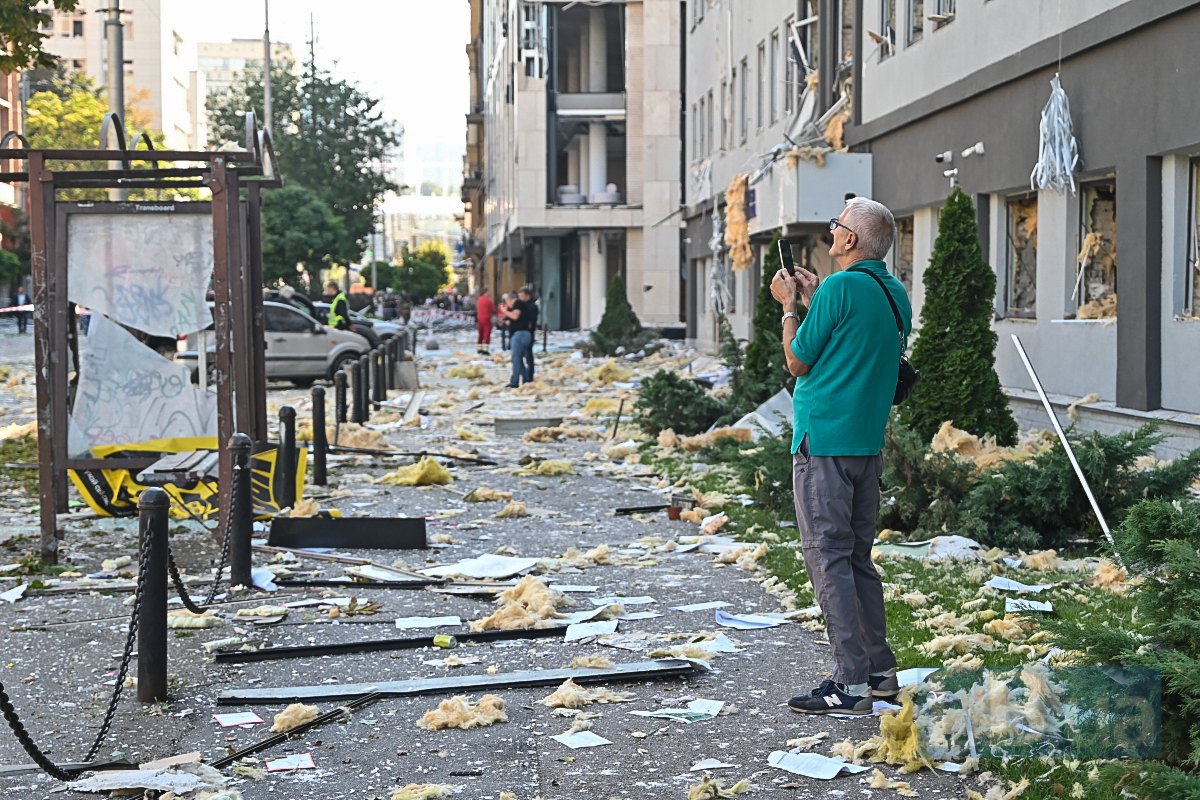
Alaska as a prelude: an ambiguous signal for the Kremlin
The summit on 15 August at the Elmendorf-Richardson Joint Base in Anchorage was, from the outset, an event with a double meaning. For the Trump administration, it was a pragmatic step necessary to engage the Russian president in dialogue. The logic was simple: to reach an agreement, you first need to bring your opponent to the negotiating table, even if it means creating a certain appearance of respect and legitimacy for them. True to form, Trump provided the visual component: a personal meeting at the foot of the plane's steps, a joint trip in the presidential motorcade — all these were signals intended for one specific person in the Kremlin.
However, in Moscow, these signals were perceived not as an invitation to a difficult dialogue, but as evidence of the West's weakness and recognition of Russia's new role on the world stage. The Russian state media presented the summit as an unconditional triumph, proof that the policy of international isolation had failed and that ‘Russia is once again respected and feared.’ This created a dangerous feeling among the Russian elite, which can be described by Stalin's long-known formula, ‘dizzy with success.’
The Kremlin got the desired image without making any specific commitments. The final press conference, where Trump limited himself to the general phrase ‘no deal until a deal is made’ and Putin spoke of the need to ‘improve relations,’ only reinforced Moscow's confidence that they were in control of the situation and could dictate further terms.
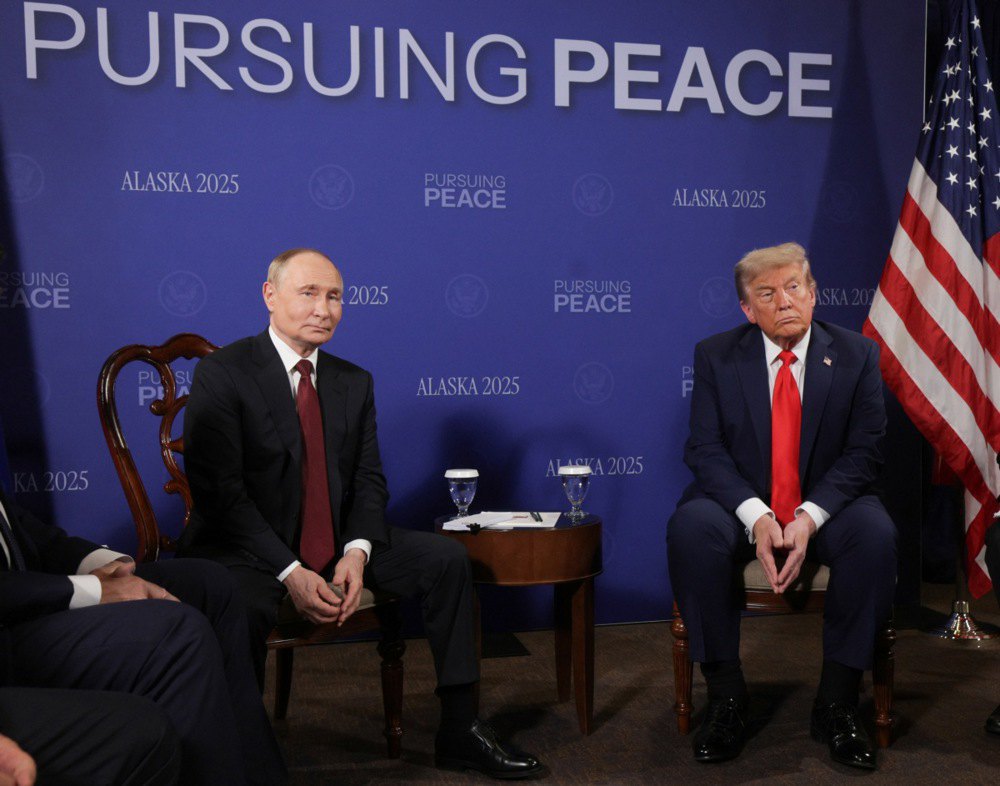
As analysts later noted, particularly those from the British think tank Chatham House, the summit in Alaska emboldened Putin without requiring him to make any concessions. This emboldenment, multiplied by the effect of the ‘warm information bath’ in which the Russian leadership has been immersed for many years, laid the foundation for further miscalculation. The Kremlin did not seem to understand that for Trump, Alaska was only an advance payment, and the main bill would be presented later.
The Washington summit and the terms of the agreement
Although many perceived the meeting at the White House on 18 August as a demonstration of Western unity, an analysis of Donald Trump's rhetoric that followed suggests that he had a different, more pragmatic idea in mind: to clearly define roles and allocate responsibilities. President Zelenskyy probably came to Washington with key European leaders to show a united front and make it easier to handle any pressure from the American president.
But Trump had his own plan. The key event was the one-on-one meeting between him and Zelenskyy, while the broader summit with European leaders served to convey the US position to them. This position, as evidenced by Trump's interview with Fox News on 19 August, is that the main burden of security guarantees for Ukraine should fall on Europe. In particular, Trump said that although the US would ‘help,’ European countries should ‘front-load it’ in securing a future agreement. He reinforced this point by noting that European leaders ‘care about this much more than we do.’

At the same time, he put pressure on the Ukrainian side, expressing hope that ‘President Zelenskyy will do what he has to do’ and ‘show some flexibility.’ Thus, the role that Trump assigned to Europe was to become the main executor and financial guarantor of the peace agreement, helping to persuade Ukraine to agree to a compromise. However, judging by the final statements of European leaders on the inviolability of borders and the absence of discussion of territorial concessions, as well as Zelenskyy's firm position, this likely pressure plan did not work.
Future security guarantees were at the centre of the discussion. Realising that Russia would never agree to Ukraine's full membership in NATO, Trump proposed a compromise model. It provides for the conclusion of bilateral security agreements between Ukraine and key European states (Germany, France, Great Britain) with the United States playing a ‘coordinating and supporting’ role. This allows, on the one hand, to provide Ukraine with fairly strong and legally binding guarantees, and on the other hand, not to formally expand the Alliance, which Trump could present as a concession to Moscow.
However, the key outcome of the meeting was the public formulation of the main condition without which the entire process could not move forward. According to numerous sources, Trump made it clear that the final trilateral summit with his participation would only take place after a direct bilateral meeting between Vladimir Putin and Volodymyr Zelenskyy. It was at this meeting that the presidents of Ukraine and Russia were supposed to discuss the most difficult issues, including territorial ones. President Zelenskyy apparently agreed to this format, declaring his readiness for a difficult dialogue.
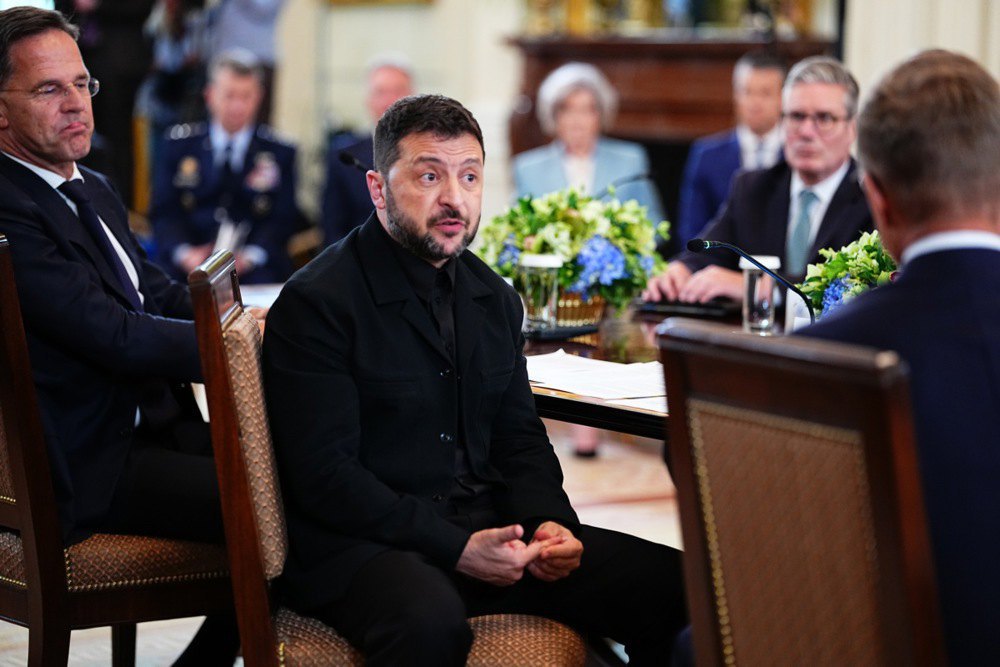
Thus, Ukraine and its European allies managed to shift responsibility for the next step to the Kremlin, presenting it with a clear choice: either agree to direct dialogue with the legitimate president of Ukraine, or the entire negotiation process will be halted. The leaders of the EU and Ukraine did everything possible to demonstrate to Trump their constructive approach and willingness to negotiate, and to ‘switch’ the US president's pressure to Russia.
This tactic was also generously seasoned with lexical courtesies towards the US president and visual demonstrations of Trump's leadership, such as photographs from the White House meeting, where European leaders are seated in a row on chairs opposite the leader of the free world at the table. The icing on the cake was President Zelenskyy's gift to Trump — golf clubs (knowing his passion for the game) from Ukrainian soldier and professional golfer Kostyantyn Kartavtsev.
A double ‘no’: diplomatic refusal and military provocation
Moscow's reaction to the proposal for a bilateral summit between Zelenskyy and Putin was not only negative, but also demonstratively dismissive, and unfolded in two acts. The first act was diplomatic. On 19 and 20 August, representatives of the Russian authorities began to voice statements that effectively amounted to a refusal. Kremlin spokesman Dmitry Peskov said that ‘there is no question of a direct meeting at this stage’ because ‘the conditions are not ripe’ for it. Foreign Minister Sergey Lavrov was even more categorical, noting that negotiations are only possible after Kyiv recognises the ‘new territorial realities’. This was a classic tactic of stalling for time and putting forward unacceptable preconditions, signalling an unwillingness to engage in dialogue on the terms proposed by Trump.
The second act was military and much more brutal. On the night of 21 August, Russian troops launched a missile strike on a target that could not have been chosen at random. Several cruise missiles hit a factory owned by the American company Flex in Mukachevo, in the Transcarpathian Region. This enterprise, which specialised in the production of civilian electronics and components, had no military significance. However, the symbolism of this strike was enormous. First, it was an attack on American property, which is a direct challenge to US economic interests. Second, the strike was carried out in Transcarpathia, the westernmost and hitherto safest region of Ukraine, which borders four NATO countries. It was a signal that there are no ‘safe zones’ for Russia and that it is ready to escalate right up to the Alliance's borders. Thirdly, and most importantly, the attack took place less than three days after the meeting in Washington, turning into physical reinforcement of the diplomatic refusal.
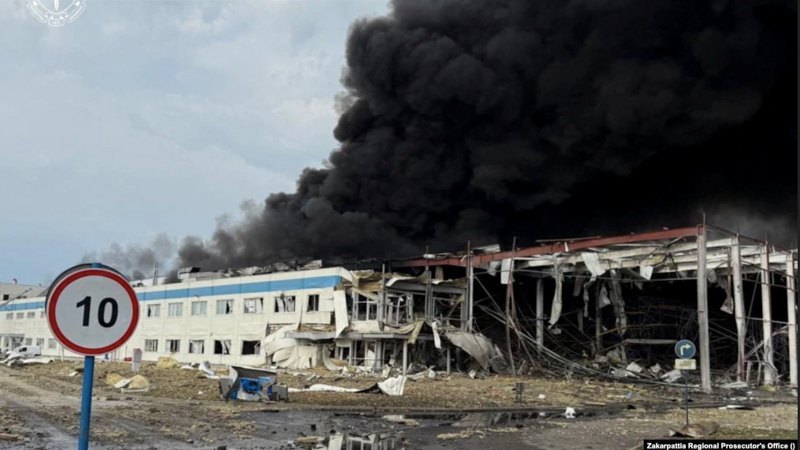
By combining these two acts, the Kremlin was clearly trying to demonstrate its strength and resolve. It probably calculated that after the warm welcome in Alaska, Trump would not react too harshly, and that the attack on a minor civilian target would have no serious consequences. This was a fundamental mistake in understanding the psychology of the American president (or a deliberate provocation). For Donald Trump, a businessman at heart, an attack on American business is already very unpleasant. And an attack on American business immediately after he declares his diplomatic successes as a peacemaker is even worse.
Washington's reaction
Donald Trump's response to this double move by Russia was not an emotional outburst, but a measured political signal, made in his usual style via a post on the social platform Truth Social. He did not comment directly on the attack on the plant, but made a higher-level, strategic statement about fundamental approaches to warfare.
On 21 August, Trump published a post criticising the previous Biden administration's policy of prohibiting Ukraine from striking Russian territory. A key quote from the post reads as follows:
‘It is very difficult, if not impossible, to win a war without attacking an invader's country. It's like a great team in sports that has a fantastic defence, but is not allowed to play offence. There is no chance of winning! It is like that with Ukraine and Russia’.
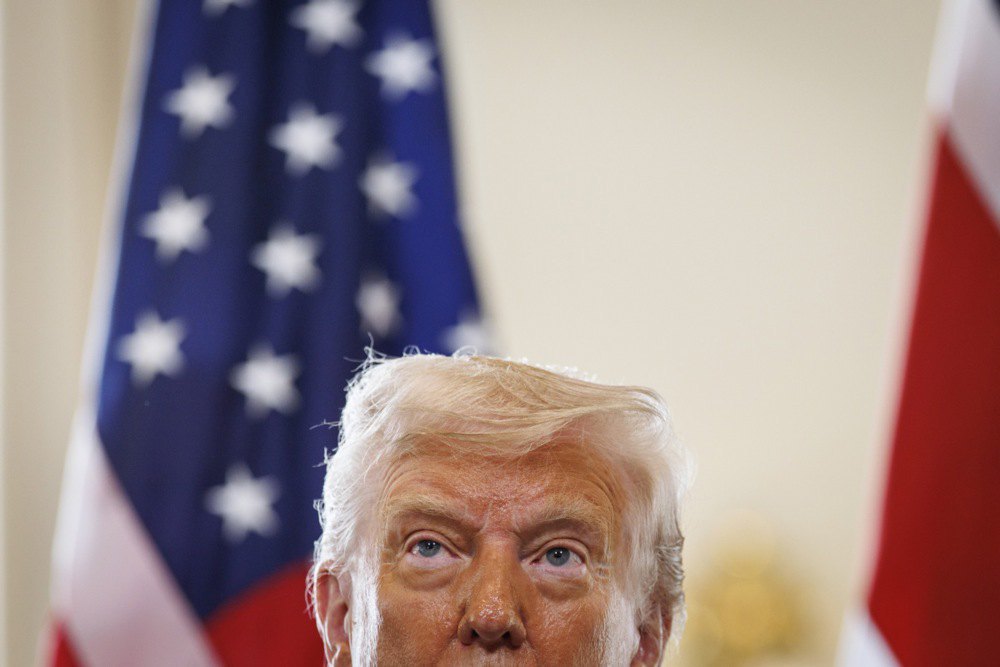
This statement is a classic example of Trump's political style and demonstrates his willingness to revise previously established ‘red lines.’ It served as a prelude to his next move.
An ultimatum of (another) two weeks
The culmination of Washington's reaction was Trump's statement made on the evening of 21 August in an interview with Todd Starnes on Newsmax show. This statement is, in essence, an ultimatum that starts a countdown for all parties to the conflict:
“I would say that within two weeks we will know the answer — one way or the other... After that, we may have to look for another approach.”
This statement directly referred to the negotiation process around the Russian–Ukrainian war. Analyzing it, we can highlight the following key points:
- The two-week “deadline” is a classic Trump tactic from his business past. It creates a sense of urgency and forces opponents to make quick decisions, depriving them of the ability to drag things out. This pressure is aimed primarily at Moscow, signaling that the window for diplomacy is rapidly closing. We have repeatedly seen Trump use this method in foreign policy — as well as the fact that such “deadlines” are often extended or ignored by Trump himself.
What does “another approach” mean? If we connect this statement with his earlier post about the need to “attack the aggressor country,” it is highly likely that the “other approach” implies lifting restrictions on Ukraine’s use of Western weapons against Russian territory. This could include supplying long-range missiles and providing intelligence for targeting.
This ultimatum is also a signal to Ukraine’s allies. Trump is essentially saying: “I tried to negotiate. If Russia does not agree, a new, tougher stage of the war will begin — one you must be ready for, including financially.” This could serve as leverage to push the EU to ramp up arms production and support for Ukraine.
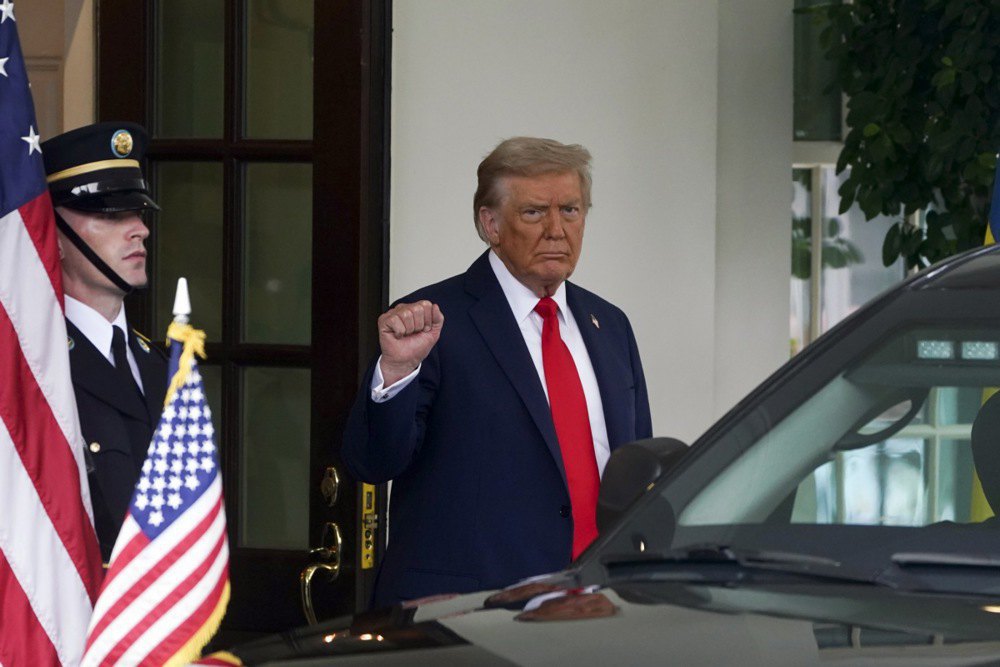
In his August 22 interview, the U.S. president elaborated on his position, introducing new emphases. Commenting on the strike on the plant, Trump said: “I’m not happy about this... In two weeks we’ll find out which way this is going. And I’d better be happy about it.”
The president essentially outlined two possible paths, depending on the parties’ willingness to engage in dialogue:
-
The path of pressure: If negotiations do not take place and Trump concludes that Russia is to blame, the U.S. may impose “massive sanctions or tariffs, or both.”
-
The path of disengagement: If neither side demonstrates readiness for talks, the U.S. could “do nothing and say: this is your war.”
Trump stressed that he would be evaluating “Russia’s attitude and, frankly, Ukraine’s attitude, because it takes two.” At the same time, he added a touch of his trademark personalist diplomacy: showing a photo with Putin, he said that he had invited him to the 2026 FIFA World Cup, but his attendance would “depend on what happens.” This is a classic example of Trump’s “carrot-and-stick” approach: alongside threats, he leaves open the possibility of a personal deal if his conditions are met. Still, the idea that he might persuade Putin to end the war through such gestures suggests a somewhat unusual and, arguably, doubtful mindset in diplomacy.
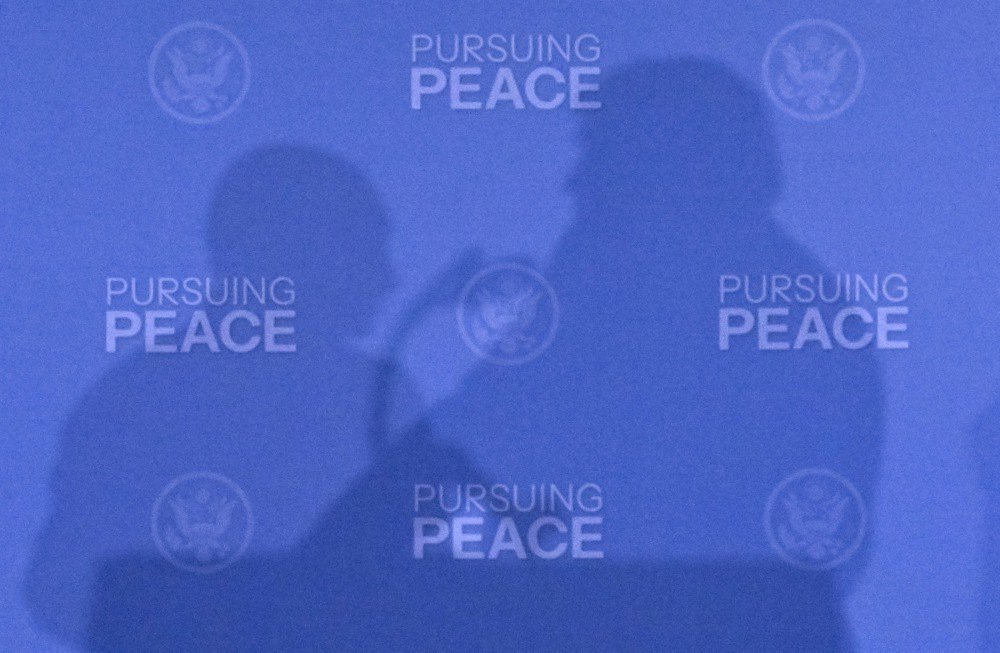
Possible scenarios for developments
Donald Trump’s attempt to apply his signature approach to resolving the conflict collided with the overconfidence of Russia’s leadership. By refusing dialogue with Kyiv and reinforcing that stance with an act of direct aggression against U.S. interests, the Kremlin may have altered the paradigm of U.S. involvement in this war under a Trump administration. The further course of events will most likely follow one of the following scenarios:
- Systemic Response (high probability). After the two-week ultimatum expires, if Moscow does not make concessions, the Trump administration may take more decisive actions. This could include lifting restrictions on supplying Ukraine with long-range weapons, imposing stringent secondary sanctions on third-country companies aiding Russia. These sanctions would likely target countries such as India, while the likelihood of applying the same approach to China is much lower, which could reduce the overall effectiveness of the pressure. The goal of such a policy would not simply be to aid Ukraine, but to impose a cost on the Kremlin high enough to force a strategic reassessment.
- Shifting the Burden to Europe (high probability). Trump may use the failure of negotiations as a reason to distance the U.S. from the war and increase pressure on European allies. The logic could be: “I tried to negotiate, but Russia refused. Now continental security is primarily your responsibility.” This might translate into demands for EU countries to sharply increase military budgets and assume the main financial burden of supporting Ukraine.
- Moscow “comes to its senses” (lower probability). Facing potential deterioration in relations with the U.S. and additional military and economic losses, the Kremlin might soften its rhetoric and return to the negotiating table. Ultimately, it would not be the first time that Russian officials would claim they were “misunderstood” or that they “didn’t mean what they said.”
Hybrid scenarios are also possible—for example, Russia might return to negotiations after the imposition of additional sanctions.
The conflict is entering a phase where unpredictability is significantly increasing, and the personal factor of the U.S. president is no longer just influential, but decisive. For Ukraine, this creates both new risks and opportunities.
For Russia, the stakes are rising to a level where the cost of error could be significantly higher. The U.S. retains considerable potential to create “unbearable” conditions for Russia, despite certain obstacles: from targeting the shadow fleet or a complete trade blockade to designating Russia as a state sponsor of terrorism and providing Ukraine with technology and weapons capable of paralyzing key Russian infrastructure.








